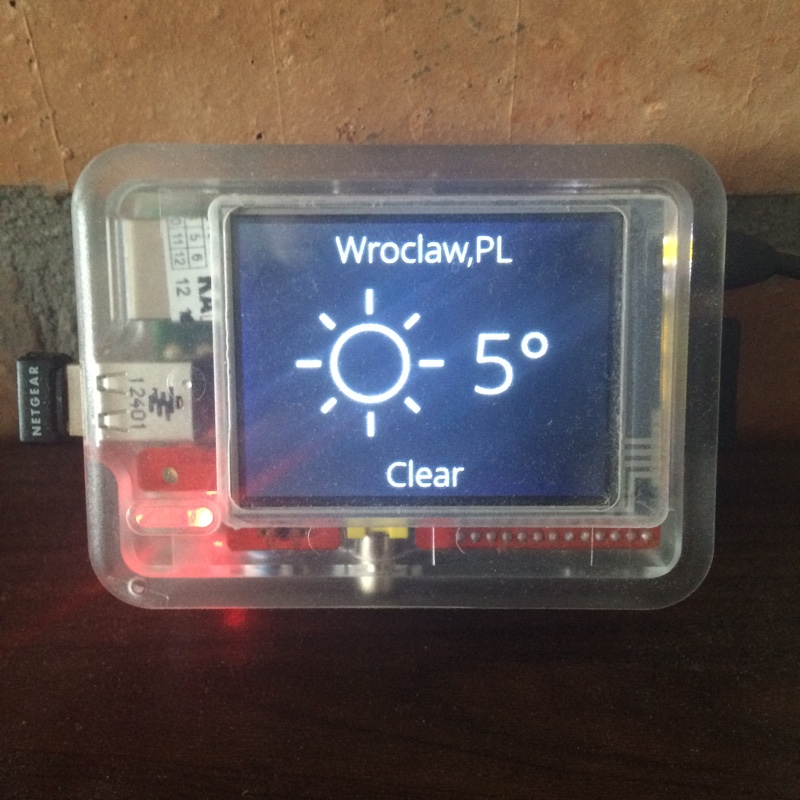
It’s slow, it takes about 30 seconds to write to screen.
The image is converted from the intermediate SVG to PNG, and then the display.py renders it to screen using the e-Paper libraries.

Similarly weather info will be up to a few hours delayed. This means that any new entries in your target calendar won’t show up immediately. pickle files which store the Google/Outlook Calendar and Dark Sky API responses for a few hours. The last API call is to Google Calendar, the upcoming 2 calendar entries are written to the same SVG.ĭue to API rate limits, you will see various. The SVG is then written out to screen-output-weather.svg. The first part of run.sh calls on the script which queries Climacell API, gets the weather info and substitutes icons and temperatures in the SVG. Being text files makes them easy to work with from dynamic scripts. SVGs are simply XML files which are understood by renderers. Picture frame detailsĮverything starts with the screen-template.svg which holds the labels and layout for the final image to be produced. The only bit of wire in the whole setup is the USB to power the Raspberry Pi. The Raspberry Pi Zero WH is light enough that it could be taped right to the stand. The ribbon from the connector loops upwards and over to the picture frame’s stand. This allowed me to put the e-paper display inside the picture frame while its connector hung outside. Using a box cutter (Stanley knife) I was able to remove a square portion from the bottom. The picture frame I got had a cheap backing. * * * * * cd /home/pi/waveshare-epaper-display & bash run.sh > run.log 2>&1 The back needs to be made of cheap material so that it can be cut out for the e-paper display’s connection mechanism. This is the best size just larger than the e-paper display. You’ll need a 6”x4” picture frame to hold everything together. Raspberry Pi Zero WH microSDHC card Picture frame Of course you’ll also need a microSD card. Since it’s a HAT (Hardware Attached on Top), you can save some time by buying it with the GPIO presoldered. While the black and white display isn’t very fast, the colored ones are much, much slower and are only suitable for frequently-refreshing dashboards.Īlthough any Raspberry Pi can be used, the best one to get here is the Raspberry Pi Zero W - it’s thinner and more portable.

As tempting as they may be, the problem with those displays is the refresh rate, in part due to the way the third color is ‘pushed’ to the surface when displaying a color. A quick search will also show similar displays available, with a single additional color. The most important component is the Waveshare display, which is a 7.5 inch e-paper HAT with SKU: 13504 and UPC: 614961951068.


 0 kommentar(er)
0 kommentar(er)
